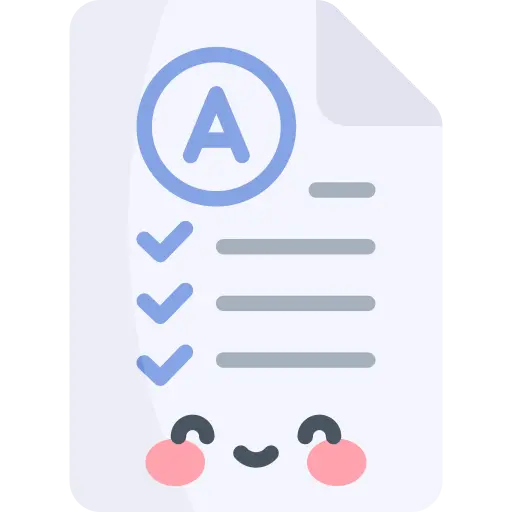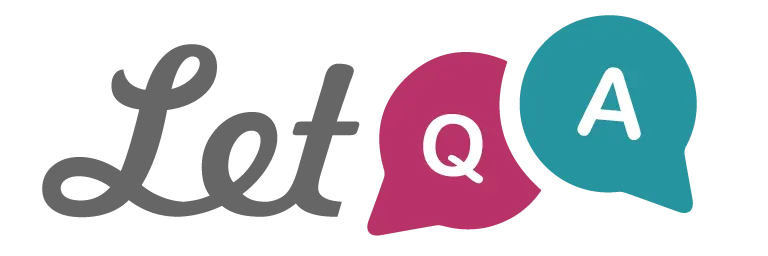
Đề Thi Trắc Nghiệm Môn Tiếng Anh Chuyên Ngành Dược - Unit 8 (Có Đáp Án)
<p>Ôn luyện với đề thi trắc nghiệm môn “Tiếng Anh Chuyên ngành Dược - Unit 8”. Đề thi bao gồm các câu hỏi về từ vựng, thuật ngữ và ngữ pháp liên quan đến chuyên ngành dược, kèm đáp án chi tiết giúp sinh viên củng cố kiến thức tiếng Anh chuyên ngành và chuẩn bị tốt cho kỳ thi. Đây là tài liệu hữu ích cho sinh viên ngành dược trong quá trình học tập và thi cử. Thi thử trực tuyến miễn phí và hiệu quả.</p>
Từ khoá: đề thi trắc nghiệm môn Tiếng Anh chuyên ngành dượcUnit 8ôn thi Tiếng Anh chuyên ngành dượcthuật ngữ dượcđề thi có đáp ánTiếng Anh dượcthi thử trực tuyếnhọc Tiếng Anh dược
Số câu hỏi: 28 câuSố mã đề: 1 đềThời gian: 1 giờ
38,209 lượt xem 2,928 lượt làm bài
Xem trước nội dung:
Mô hình nền kinh tế ... thực chất là nền kinh tế thị trường có sự điều tiết của Chính phủ.
Antiplatelet drugs (promote/have/reduce) the tendency10 of platelets to stick together.
Heparin is a natural (antidepressant/anticoagulant/antiseptic) produced b liver cells and some white blood cells.
Anticoagulants (promote/facilitate/prevent) the coagulation of blood
Antiplatelet is (contraindicated/tried/recommended) for patients with coronary artery disease and for those who had heart attacks.
An anticonvulsant prevents or reduces the frequency of convulsants in various types of (heart disease/headache/epilepsy.)
Đề thi tương tự
1 mã đề 24 câu hỏi 1 giờ
71,307 xem5,480 thi
3 mã đề 135 câu hỏi 1 giờ
56,579 xem4,346 thi
3 mã đề 133 câu hỏi 1 giờ
50,504 xem3,880 thi
1 mã đề 25 câu hỏi 30 phút
86,446 xem6,638 thi
3 mã đề 117 câu hỏi 40 phút
37,653 xem2,884 thi
3 mã đề 127 câu hỏi 1 giờ
38,966 xem2,987 thi
2 mã đề 50 câu hỏi 1 giờ
79,890 xem6,137 thi
13 mã đề 631 câu hỏi 1 giờ
91,611 xem7,041 thi
3 mã đề 134 câu hỏi 1 giờ
146,328 xem11,245 thi
